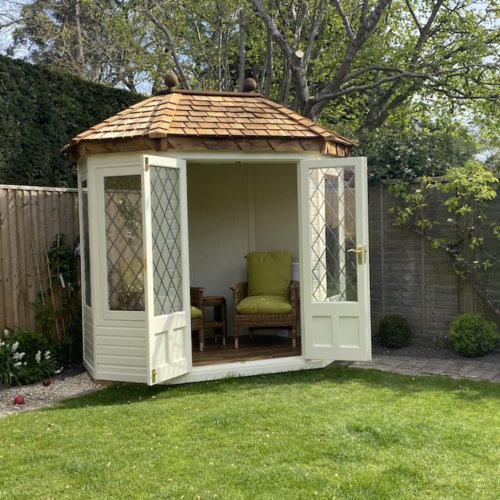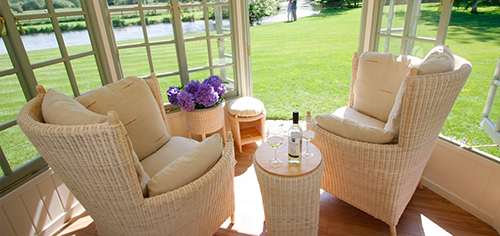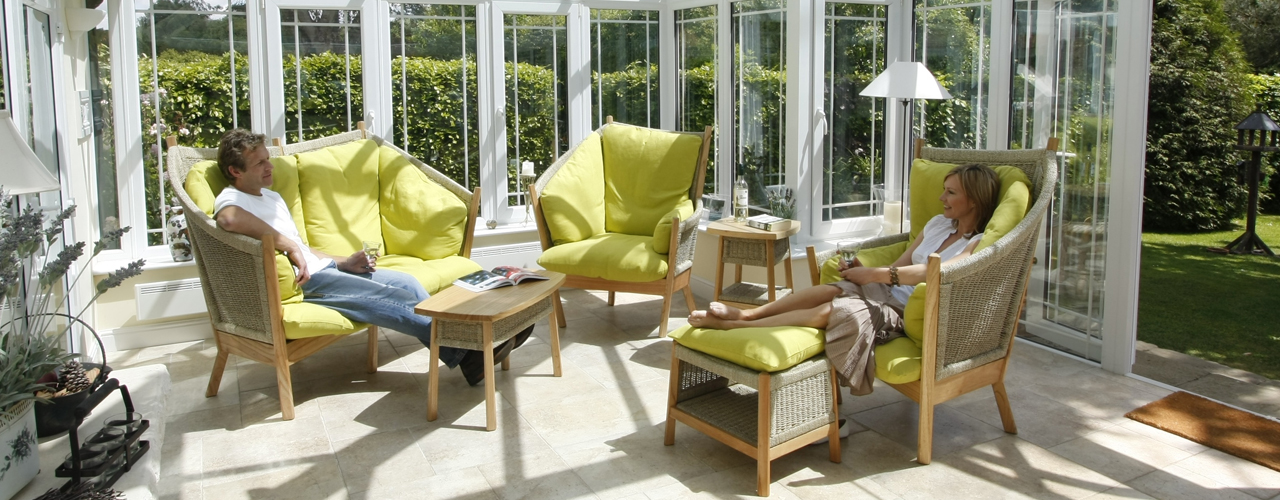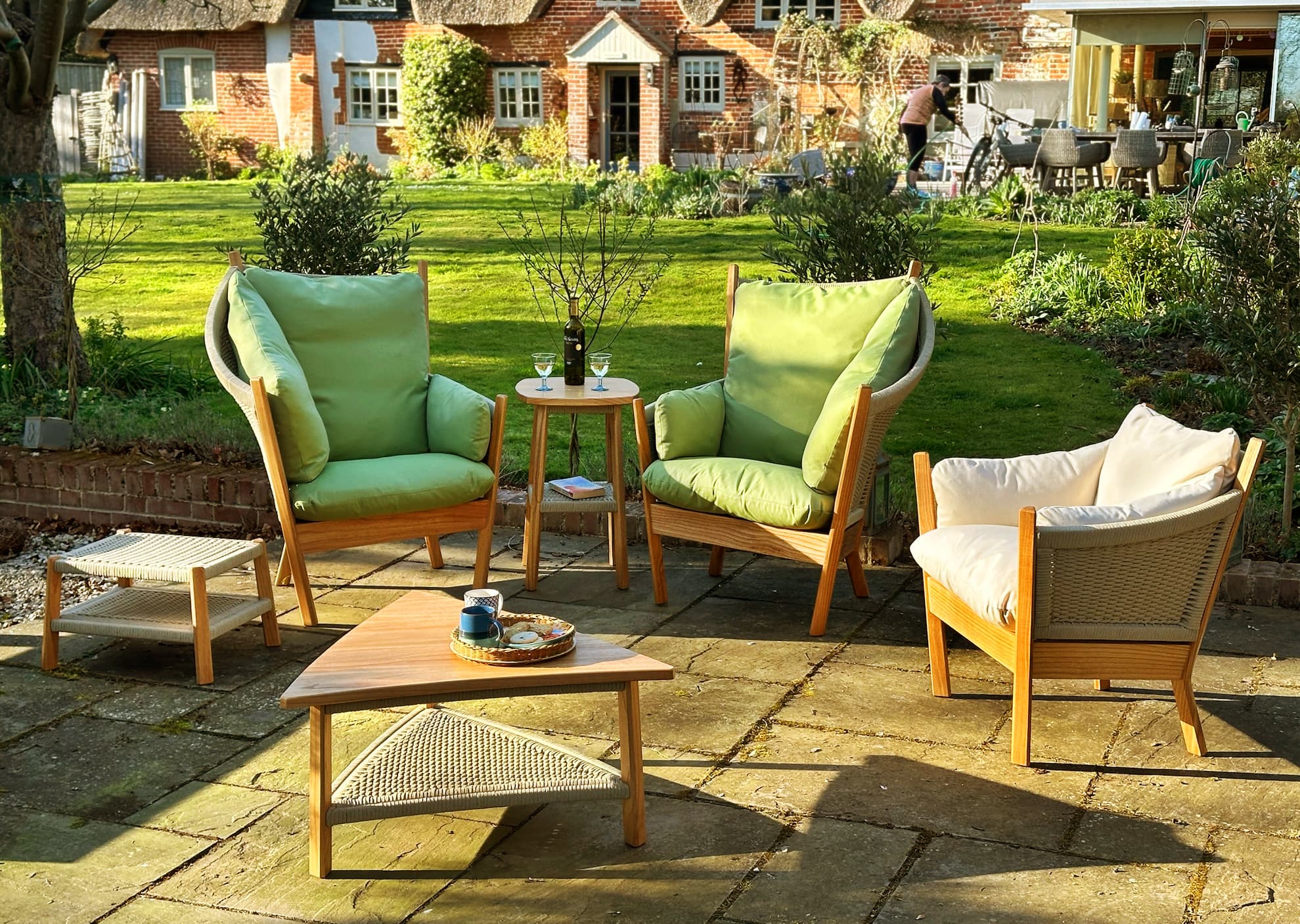A Brief History of Summerhouses
Conservatories, garden rooms and summerhouses have become particularly popular in recent years. With the increase in working from home, people have naturally wanted to expand their living spaces with an additional room, either attached to the house or separate.
That’s why summerhouses have soared in popularity. Usually located in the garden, a fair distance from the house, they tend to be compact rooms that allow you to relax and take in beautiful views of your garden. They’re a tranquil escape from the hustle and bustle of work and the outside world.
Here at Fair Trade Furniture, we specialise in eye-catching and comfortable furniture for summerhouses and other spaces. If you’re keen to invest in a summerhouse, we’re here to help. But first, let’s delve into the past and discover where summerhouses came from and how they have changed through history.
Who Invented Summerhouses?
Summerhouses are often grouped together with garden rooms and conservatories, and it can be difficult to untangle their history. Regardless, we’ll look at one of the first recorded mentions of summerhouses we can find.
In the 17th Century, Governor Francis Nicholson suggested a summerhouse as part of his plans for the colonial capitals of Annapolis, Maryland, and Williamsburg, Virginia. In the years that followed, there were many instances of summerhouses turning up in public records and publications. We can’t tell if Nicholson invented the summerhouse or simply repeated a phrase that someone else had told him, but this is the earliest-known mention of them.


Summerhouses Over Time
We’re sure now that most people nowadays have a broadly similar opinion of what a summerhouse is; one room, usually with French doors, and filled with beautiful furniture. That wasn’t always the case. If you were to ask someone at the turn of the last century what a summerhouse looked like, they’d probably give you a wildly different answer.
Throughout their history, summerhouse designs have evolved and taken inspiration from architectural trends and popular tastes. Various records show different permutations, each taking inspiration from different eras and cultures.
For example, 18th Century documents include summerhouses that include Classical, Chinese or even Gothic features in their stylings. It took many years for the idea to become more standardised.
The Purpose of Summerhouses
As the style of summerhouses became more unified, so too did their purpose. Most summerhouses were located in the gardens of beautiful properties, and therefore allowed homeowners and guests to sit back and enjoy the view! There were outliers of course. There have been summerhouses that featured vaults or led to underground secrets, but the majority have all the same role.
Summerhouses are a home away from home, separated from the every day and placed between inside and outside. That’s what makes them so enjoyable and unique. And this no doubt helps to explain why they’ve been around for so long. While the world has changed around them and people’s tastes with it, summerhouses have the unique ability to be timeless.
People will always love being outside, in the warmth and fresh air, while still wanting to protect themselves – be it from the sun or not wanting to feel too exposed. This makes summerhouses the perfect choice for those who love the inside and outside equally.

Fair Trade Summerhouse Furniture
For as long as summerhouses have been around, people have wanted to relax in them as comfortably as possible. That’s where we come into the story. At Fair Trade Furniture, our Swedish-designed furniture features innovative, asymmetrical styles so you can sit back and enjoy total comfort. Manufactured in Java, Indonesia, our chairs, sofas, tables and more are made with Fair Trade values at their heart.
Explore our website today to see the collections we offer, including our three main ranges – Semarang, Jogya and Bantul. You can discover the fabric options on offer in our online shop, or even arrange a visit to our showroom in Dorset to see and try our most popular pieces for yourself. Sitting is believing, after all!


